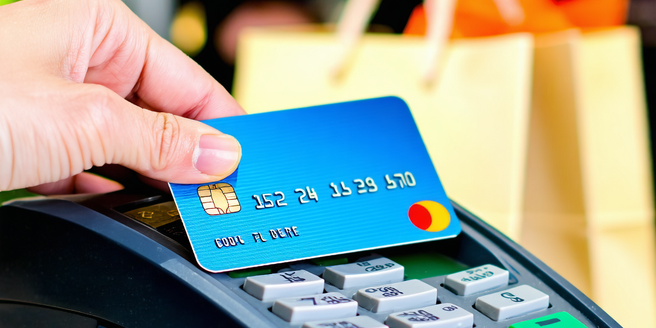
Understanding Secure Payment Protocols
In today’s digital age, securing online transactions is paramount. Secure payment protocols serve as the backbone for safe transactions, ensuring that sensitive information is transferred confidentially between merchant and consumer. These protocols utilize advanced encryption methods to shield data such as credit card details and personal identifiers from unauthorized access. SSL (Secure Socket Layer) and TLS (Transport Layer Security) are the most commonly used encryption protocols, providing an additional layer of security. They authenticate the parties involved and ensure data integrity, making sure the information sent remains unchanged during transit. It’s essential for businesses to implement these protocols to maintain consumer trust and protect against potential breaches. By adopting secure payment protocols, both consumers and businesses can experience peace of mind while engaging in online commerce.
Common Online Payment Security Risks
As online shopping grows, so do the risks associated with payment security. One prevalent threat is phishing, where attackers trick users into revealing sensitive information by posing as legitimate entities. Another risk is malware, which can compromise devices to steal credit card details during transactions. Man-in-the-middle attacks, where unauthorized parties intercept and alter communication between users and websites, also pose a significant threat. Additionally, weak passwords and outdated security systems can be easily exploited by cybercriminals. Consumers and businesses alike must be vigilant and adopt robust security practices to mitigate these risks. Regular updates to antivirus software, using secure payment gateways, and educating consumers about potential threats are crucial steps in safeguarding online transactions. Recognizing and addressing these risks is fundamental to maintaining trust in e-commerce.
Best Practices for Consumers
To ensure safe online transactions, consumers should adopt several best practices. Firstly, always use trusted devices with updated security software when making purchases. It’s crucial to shop on websites with secure connections, indicated by ‘https://’ and a padlock icon in the browser’s address bar. Setting strong, unique passwords for online accounts and enabling two-factor authentication whenever possible enhances security. Be cautious of emails or messages requesting personal information, as they might be phishing attempts. Keeping personal devices secure by regularly updating software and avoiding public Wi-Fi for transactions can prevent unauthorized access. Consumers should also use credit cards instead of debit cards, as they often offer better fraud protection. By following these strategies, consumers can significantly reduce the risk of online fraud and enjoy safer shopping experiences.
How Businesses Can Ensure Payment Security
Businesses must prioritize payment security to protect customer data and build trust. Implementing secure payment gateways with robust encryption methods like SSL/TLS is a crucial first step. Regularly updating and patching software can prevent vulnerabilities that cybercriminals exploit. Educating employees about security protocols and the importance of handling customer data responsibly is equally important. Businesses should also conduct regular security audits and assessments to identify and mitigate potential risks. Utilizing tokenization can add an extra layer of security by replacing sensitive card details with unique identifiers. Offering secure multi-factor authentication for customer accounts enhances protection against unauthorized access. By taking these proactive measures, businesses can safeguard their payment processes, prevent data breaches, and enhance their reputation in the competitive e-commerce landscape.
The Role of Encryption in Secure Payments
Encryption plays a vital role in securing online payments by transforming sensitive information into unreadable code during transmission. This ensures that even if data is intercepted, it cannot be deciphered without the correct decryption key. Advanced encryption standards (AES) and public key infrastructure (PKI) are commonly used to secure payment data. These technologies enable secure exchanges without exposing personal information, instilling trust between businesses and consumers. Encryption is not just about protecting credit card details but also safeguarding personal identifiers, enhancing overall transaction security. Businesses must ensure all payment platforms employ robust encryption protocols to prevent unauthorized access or data breaches. As cyber threats evolve, continuous advancements in encryption technologies are essential to maintaining secure and reliable online payment systems.
Future Trends in Online Payment Security
As technology advances, so too do the techniques used to secure online payments. One emerging trend is the integration of artificial intelligence (AI) in fraud detection. AI systems can analyze patterns and behaviors to identify suspicious activities in real-time, preventing fraud before it occurs. Blockchain technology is also gaining traction for its decentralized nature, offering transparent and secure transaction records. The use of biometric authentication, such as fingerprint and facial recognition, provides an additional layer of security, ensuring only authorized users can access accounts. Furthermore, the push towards mobile payments necessitates more rigorous security protocols tailored to mobile devices. As online transactions become more seamless, continuous innovation is needed to stay ahead of cybercriminals. Investing in these future trends is crucial for both businesses and consumers to ensure the integrity and security of digital payments.
